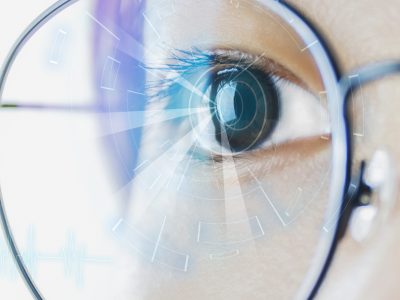Cancer isn’t a joke. It isn’t play money train 2 or a lively laughable disease. Cancer is terrible; the last thing anyone wants is to be diagnosed with cancer.
Cancer is gradually being defeated, thanks to recent medical technology developments. There are various types of cancer. The type of cancer you have and the level of severity will determine the appropriate treatment method.
Some cancerous diseases only require one treatment. Others require a combination of different treatment modes. For instance, a cancer patient might have to undergo Chemotherapy and radiation therapy simultaneously. A cancer patient should have basic knowledge about the disease.
Yes, you’d have a special moment with your doctor, who will enlighten you about the disease and available treatment options. But before then, here’s one or two things you will need to know.
Surgery
Surgery is a standard cancer treatment method involving removing cancerous cells in the body. Many other cancer treatment methods rely on surgery for complete cancer elimination.
Biomarker Testing
You must probably have heard about this before. If you haven’t, biomarker testing is a medical test that helps detect substances in the bloodstream that provides information about a disease one may have, including how the body will respond to specific treatment methods. Biomarker testing includes blood pressure, X-rays, and other basic metabolic studies.
Chemotherapy
In Chemotherapy, the cancer patient has to rely on drugs. Chemotherapeutic drugs are powerful and contain fast-reacting chemicals. As a result, cancerous cells multiply faster than other cells, and chemotherapeutic drugs attack these quick multiplying cells. In some cases, Chemotherapy can be combined with other treatment methods to cure challenging variations of cancers.
And yes, Chemotherapy is one the most reliable cancer treatment methods available, but its aftermath may not be pleasant. Some chemotherapy side effects are treatable, and others entirely result in another type of complication.
Hormone Therapy
Some cancers grow with the body’s hormones. Some genetic processes in the body can cause random proliferation of hormones and cells, causing errors such as cancerous growth. Breast and prostate cancers are usually hormone-based and require hormone therapy treatment. In hormone therapy, cancerous cells are blocked from attaching to body hormones by reducing the body’s production of hormones. Hormone therapy is done after surgery to reduce cancer recurrence chances.
Hyperthermia
In hyperthermia, cancerous cells are exposed to high heat to partially or entirely damage cancerous cells without adversely affecting normal body cells. It is also called thermal therapy and is used to treat advanced cancers. Though it is not widely used, it is available in some medical centers. Hyperthermia is always used together with other cancer treatments.
Immunotherapy
Just as the name sounds, immunotherapy has to do with the immune system. In immunotherapy, the immune system is strengthened to fight against cancer. Immunotherapy doses can be injected directly into the bloodstream or swallowed as capsules or pills. Sometimes, immunotherapy products come as creams that are used on the skin. Immunotherapy makes the body cells detect and fight abnormal cell growth in the body. Therefore, immunotherapy can also be used for cancer prevention.
Photodynamic Therapy
Photodynamic therapy is a form of cancer treatment that uses radiation. Photodynamic therapy is a two-stage process that combines light energy and a drug called a photosensitizer to destroy cancer after light activation.
The first stage is absorbing the drug into the body, after which a laser or LED light source is used to activate the treatment. The laser directs photons of light energy at the cells after they have absorbed the photosensitizer. The light makes the drug reactive, and an oxygen radical is produced, which kills off these cells.

















